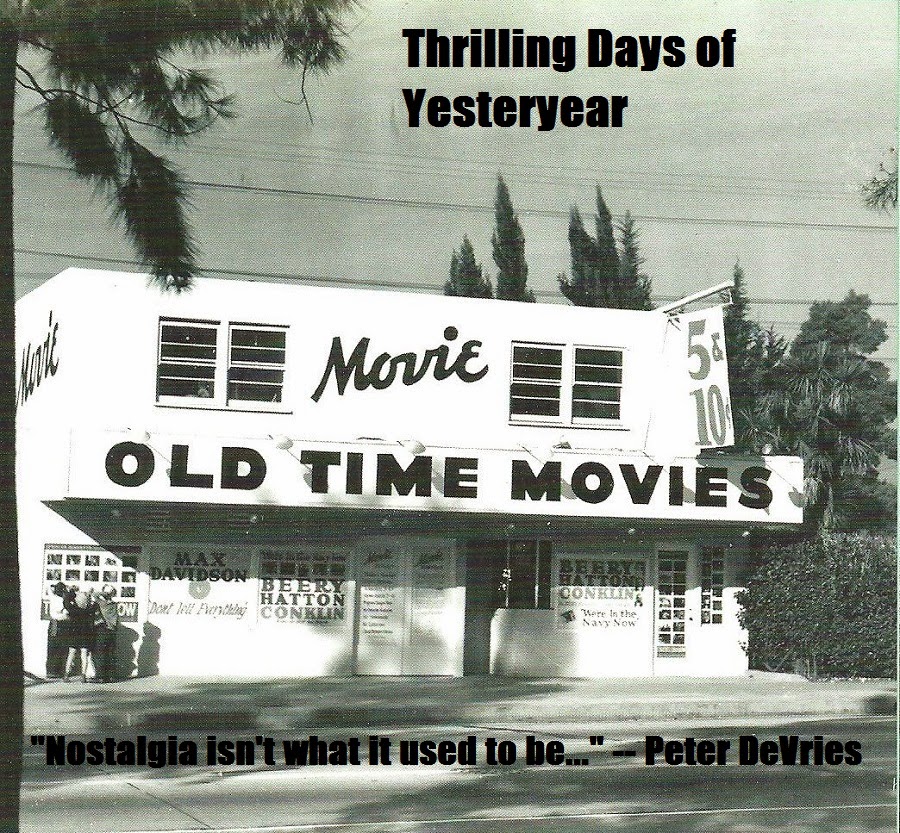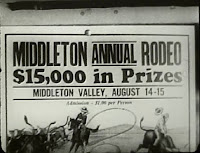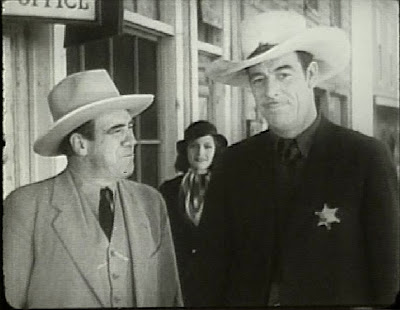Last week when I introduced this feature, I got a nice reception from my Facebook compadre and fellow blogger Lloyd Fonvielle, who remarked that the title of the film I reviewed—Night Time in Nevada Nevada Lone Star State Tex
(Angelic chorus)
I dreamed I was there
In Hillbilly Heaven
Oh, what a beautiful sight
True story: I did this bit on the phone one day when my BFF The Duchess asked me if there was ever a famous person named Tex Ritter. (Honest to my grandma, she did. She doesn’t get out much.) The response I got was…well, strikingly similar to one I’m getting right now…except not as many crickets.
Okay, let’s get to work. In Trouble in Texas Tex
Fortunately for Tex Tex
Tex starts kicking ass and taking names during the rodeo, winning all the events…so Barker has his goons attempt to dispose of our hero in the same fashion they did his brother—placing a poisoned needle in Tex’s halter. But Tex Tex Texas
Gene Autry may have been “America America Tex Tex
Ritter’s first feature film was Song of the Gringo (1936), which he made at Grand National—an independent studio remembered today mostly because at one time the company had James Cagney on the payroll after one of the actor’s frequent quarrels with Warner Brothers. Tex Columbia Tex
Trouble in Texas isn’t a bad Ritter vehicle but I’ll readily admit that it might be a trying experience for those people not generally inclined to enjoy B-westerns. Part of this stems from the fact that there are rather long stretches in the movie that feature a lot of drowsy rodeo stock footage, recycled no doubt from the first time this appeared before the cameras in 1934 when John Wayne was The Man from Utah (one of the Duke’s “Lone Star” westerns, before he became JOHN WAYNE). In fact, the “Murder Rodeo” plot was recycled again in Ritter’s Frontier Town (1938), then passed down to Bob Steele the following year in Mesquite Buckaroo (1939). Steele went a-ridin’ and a-ropin with it again in 1944’s The Utah Kid (which co-starred Hoot Gibson) and after dusting it off one final time for the 1951 Whip Wilson programmer Lawless Cowboys, the big, bad rodeo was vanquished, never to be heard from again.
But Trouble in Texas had an enormous amount of staying power in theaters…and you don’t have to guess why this was so if you glanced at the plot synopsis a few paragraphs up. A young professional dancer with aspirations of being an actress appeared in this film as an assignment between her leaving 20th Century-Fox and being hired by Columbia, where after undergoing electrolysis and a dye job she became Rita Hayworth. In 1943, Ambassador Pictures re-released Trouble to theaters with this announcement:
In fact, the print of this movie on the America’s Greatest Westerns box set gives Hayworth star billing, too (though the print also reveals the film was released by an outfit called Stagecraft Pictures):
I like that “With Tex Ritter” bit there. I can picture a moviegoer thinking “Have I seen this one before? I could have sworn Tex
One of the more amusing bits in Trouble is that the extensive rodeo footage is intercut with shots of Rita looking on, and except for one brief scene where she claps in approval most of the time it looks as if they just used the same shots over and over again. Observe:
 |
| "Okay, Rita...we"re rolling...you're beyond impressed with Tex's rodeo skills...GO!" |
 |
| "Okay, Rita...now Tex is singing, but he's singing especially to you...GO!" |
 |
| "Okay, now you're thinking about macaroni and cheese...GO!" |
I swear to you I did not use the same screen cap three times in succession, by the way. Speaking of screen caps—this is the best one I could get of one of the other highlights in the movie: a nice little eccentric dance number performed by none other than character great Hank Worden, who was in more John Ford movies than Carter’s has little you-know-whats.
Oddly enough, I usually think musical numbers slow a movie down but in this particular instance Tex’s songs are a highlight (including Song of the Rodeo, which he wrote, and Al Bryan’s Down the Colorado Trail), backed by the Texas Tornadoes (Earl, Norman and Willie Phelps).
As for the supporting cast…well, Charles King can always bring on the villainy and while Yakima Canutt may not be the silver screen’s greatest actor he is definitely the King of the Stuntmen as far as I’m concerned—his work during the climactic wagon chase and some of the ridin’ ‘n’ ropin’ make up for the movie’s dull spots. I think this is the first movie I’ve ever seen Horace Murphy in—I was familiar with him because he was on Roy Rogers’ radio program for a brief stint (he replaced “Gabby” Hayes as a garrulous old codger named “Clackety”)—but while I liked the byplay between him and Tex I have to come clean and say he’s no Gabby Hayes. You might recognize the gentleman on the right…
…as the guy who tended bar at the Long Branch for a good many years on TV—it’s future Frankenstein monster Glenn Strange who, strange as it may seem, is actually a good guy in this one. But the one moment that made me laugh out loud is the scene just before the bad guys go racing for the border with the stolen bank swag; they’ve also made off with a wagon and the guy who owns it (George Morrell) is very upset: “Good glory! And it’s loaded with dynamite!” (You’d think the FDIC would cover that sort of situation.)
By the way, he wasn’t kidding about that cargo—take a look for yourself!
Well, “Stagecraft Pictures” might have hijacked the opening titles for Ms. Hayworth’s benefit but Trouble in Texas closes with one of my favorite motion picture studio logos—the sweeping hands of the Grand National clock that tell us that’s all for this week.

















No comments:
Post a Comment